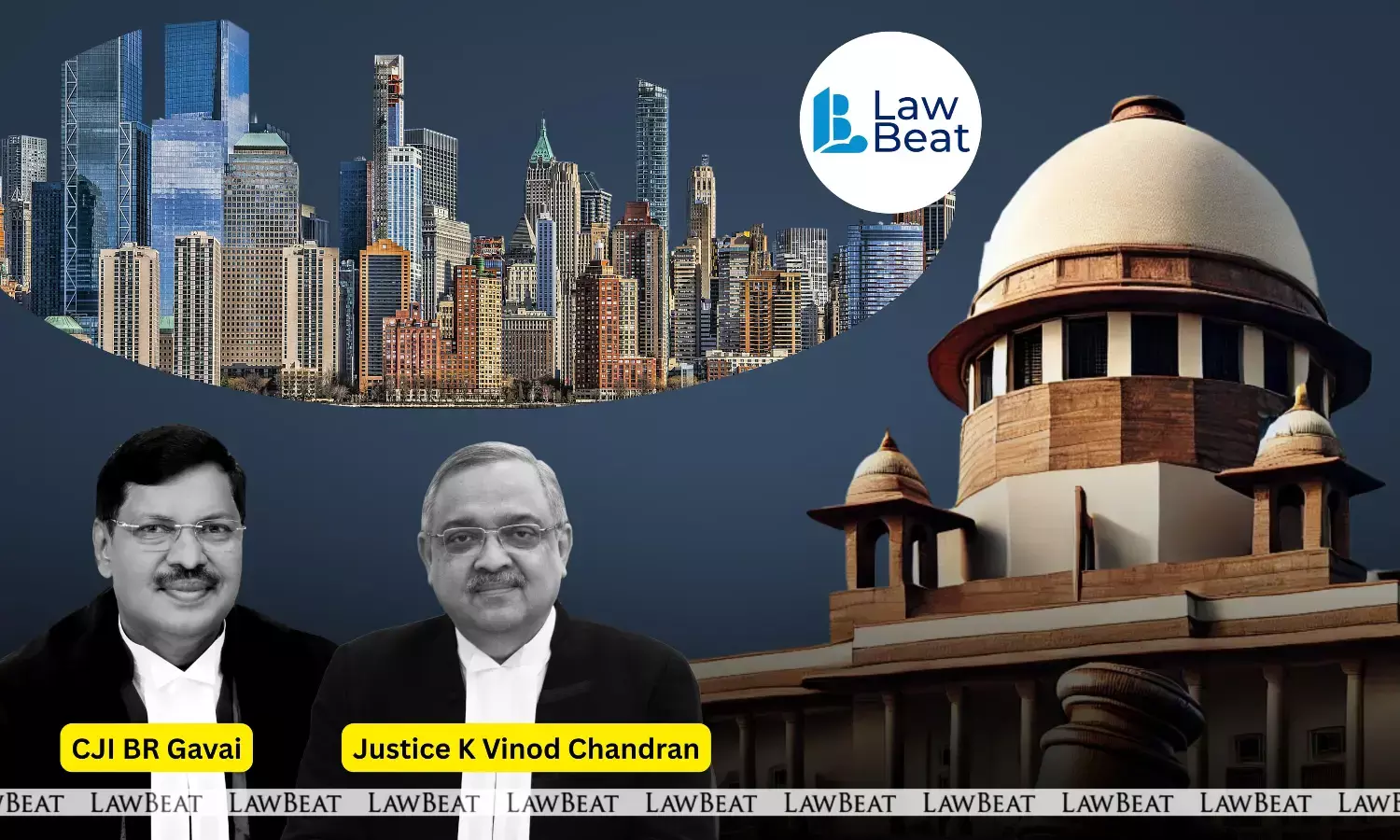SC Blocks Blanket Exemption from Environmental Clearance for Industrial, Educational Projects

Reaffirming primacy of environmental safeguards over infrastructural projects, the Supreme Court on Friday struck down a clause in 2025 notification of the Ministry of Environment, Forest and Climate Change (MoEFCC) that had exempted industrial sheds and educational buildings from mandatory environmental clearance.
A Bench comprising Chief Justice BR Gavai and Justice K Vinod Chandran held that Note 1 to clause 8(a) of the amended Environmental Impact Assessment (EIA) Notification, 2006, introduced via a notification dated January 29, 2025, was arbitrary and unsustainable in law. While the rest of the notification was upheld, the Court found the specific exemption unjustified and contrary to the object of the Environmental Protection Act, 1986.
The decision came in a plea filed by environmental NGO Vanashakti, which had challenged both the January 29 notification and a related Office Memorandum dated January 30.
The petitioner argued that the exemption allowed large-scale construction activity, up to 1,50,000 square metres to bypass environmental scrutiny, including in ecologically sensitive and pollution prone areas.
It flagged the absence of scientific reasoning or empirical data to support the exemption, noting that it undermined the integrity of the EIA framework.
Accepting the challenge in part, the Court held that the nature of construction, regardless of whether it is for industrial or educational use has environmental implications that warrant expert assessment.
It was underscored that the exempted categories lacked any mechanism akin to the scrutiny undertaken by State Environment Impact Assessment Authorities (SEIAAs).
“If any construction activity in an area more than 20,000 sq ft is carried out, it will naturally have an effect on the environment even if the building is for educational purpose,” the Court observed. It noted that while the MoEFCC had issued general guidelines on environmental aspects, it had failed to establish a process of expert led impact assessment.
The Court rejected the premise of differential treatment for buildings based on end-use, stating: “We see no reason to discriminate the other buildings with the buildings constructed for industrial or educational purposes.”
However, the Bench upheld the broader framework introduced through the January 29 notification, including the delegation of clearance powers to SEIAAs.
It affirmed that SEIAAs, if duly constituted, are competent to process environmental clearance proposals within their respective States.
While the petitioner had also challenged the January 30 Office Memorandum which sought to expand the scope of the exemption to include warehouses and private academies, the Court refrained from making specific findings on that issue in its order.
Case Title: Vanashakti v. Union of India & Ors
Date of Order: August 2, 2025
Bench: CJI BR Gavai and Justice K Vinod Chandran
